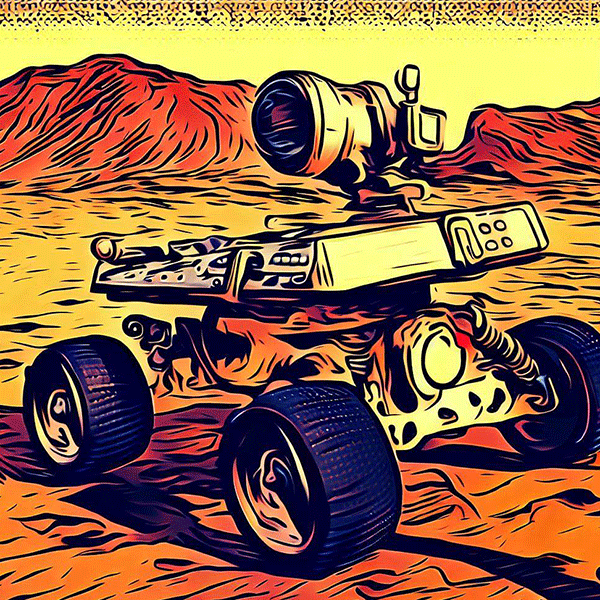Space Exploration: The Universe’s Biggest Treasure Hunt
Space exploration is a voyage of discovery across the cosmos. With the help of ever-improving space technology, we’re ceaselessly discovering and scrutinizing celestial entities. Our journey began with the launch of Sputnik, the first artificial satellite by the Soviet Union in 1957, and continues today with cutting-edge missions to Mars and beyond.
Our Cosmic Fleet
Space vehicles are like super cool, interstellar hot rods designed to zoom outside Earth’s atmosphere. Let’s check out some key types:
- Satellites: These are like Earth’s personal drones, launched into space to orbit around Earth or other celestial bodies. They juggle many jobs, including playing weatherman, being a communication hub, and doing scientific research.
- Space Probes: These are unmanned spacecraft that we send from Earth to collect data about various celestial bodies. They carry scientific instruments to study the atmosphere, surface, and magnetic fields of these bodies.
- Rovers: Picture robotic cars designed to cruise across the surface of a planet or moon. They’re used to snap pics and collect deets about the soil, rocks, and air on these celestial bodies.
- Manned Spacecraft: These rides carry astronauts into space. They include space shuttles, which can be used over and over for multiple trips to space, and capsules, which usually only get one ride.
The Hall of Fame
Several space vehicles have become superstars in our exploration of the universe:
- Sputnik 1: The first artificial satellite, launched by the Soviet Union in 1957.
- Apollo 11: The NASA spacecraft that carried the first humans to the moon in 1969. One small step for man…
- Voyager 1 & 2: These space probes, launched by NASA in 1977, have given us a treasure trove of data about the outer planets and are now chilling in interstellar space.
- Hubble Space Telescope: Launched in 1990, Hubble has been our eyes in the sky, giving us gorgeous snaps and crucial data about distant stars, galaxies, and other celestial wonders.
- Mars Rovers (Spirit, Opportunity, Curiosity, Perseverance): These rovers have been our Martian explorers, conducting all sorts of experiments to learn more about the Red Planet.
Measuring Distance in Space: Cosmic Yardsticks
Space is so humongous that we need special cosmic yardsticks to measure it. The most commonly used are:
- Astronomical Unit (AU): This is the average distance from the Earth to the Sun, about 93 million miles or 150 million kilometers. That’s a lot of road trip snacks!
- Light-Year: This is the distance that light travels in one year, about 6 trillion miles or 9.5 trillion kilometers. We use light-years to measure distances to stars and galaxies.
- Parsec: This is about 3.26 light-years. Astronomers often use parsecs when measuring distances between galaxies or other far-off objects.
To Infinity and Beyond!
With tech getting better and better, the future of space exploration is looking as bright as a supernova. Companies are working on reusable rockets. NASA is planning to send humans back to the moon and even to Mars. And telescopes are becoming more powerful, allowing us to see further into the universe than ever before.
